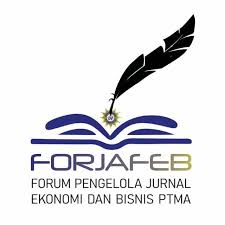Growth Model in 21st Century: A SLR Approach (Study Case at Islamic Countries)
DOI:
https://doi.org/10.32534/jpk.v7i1.1002Abstract
This article attempts to capture the economic development of Islamic countries in the past 30 years. The extent to which the Islamic State is able to utilize its resources with limited mastery of technology. Various obstacles that arise cause many Islamic countries in the position as developing countries that are still dependent on foreign direct investment. We presented a systematic literature review of relevant publications. We set the data range between 1981 to 2018 of Islamic countries. The aim of the intense paper is on the impact of foreign direct investment on economic growth in Islamic countries. Using empirical study methods try to compare and measure how foreign direct investment (FDI). We can also see how the pattern of FDI in several Islamic countries can help their economic growth go forward or backward. This phenomenon attracts the author to conduct an empirical study of the effect of foreign direct investment (FDI) on the economic growth of developing Muslim countries. What is funded by foreign direct investment (FDI) and which economic sector can be built from direct foreign investment (FDI).
Downloads
Downloads
Published
Issue
Section
License
Copyright (c) 2020 bhenu Arha, Ali Jufri

This work is licensed under a Creative Commons Attribution 4.0 International License.




















